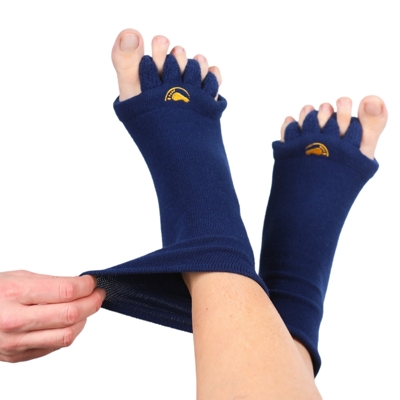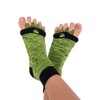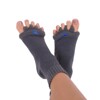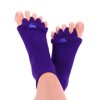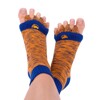Is your foot health connected to what you eat? More than you might think
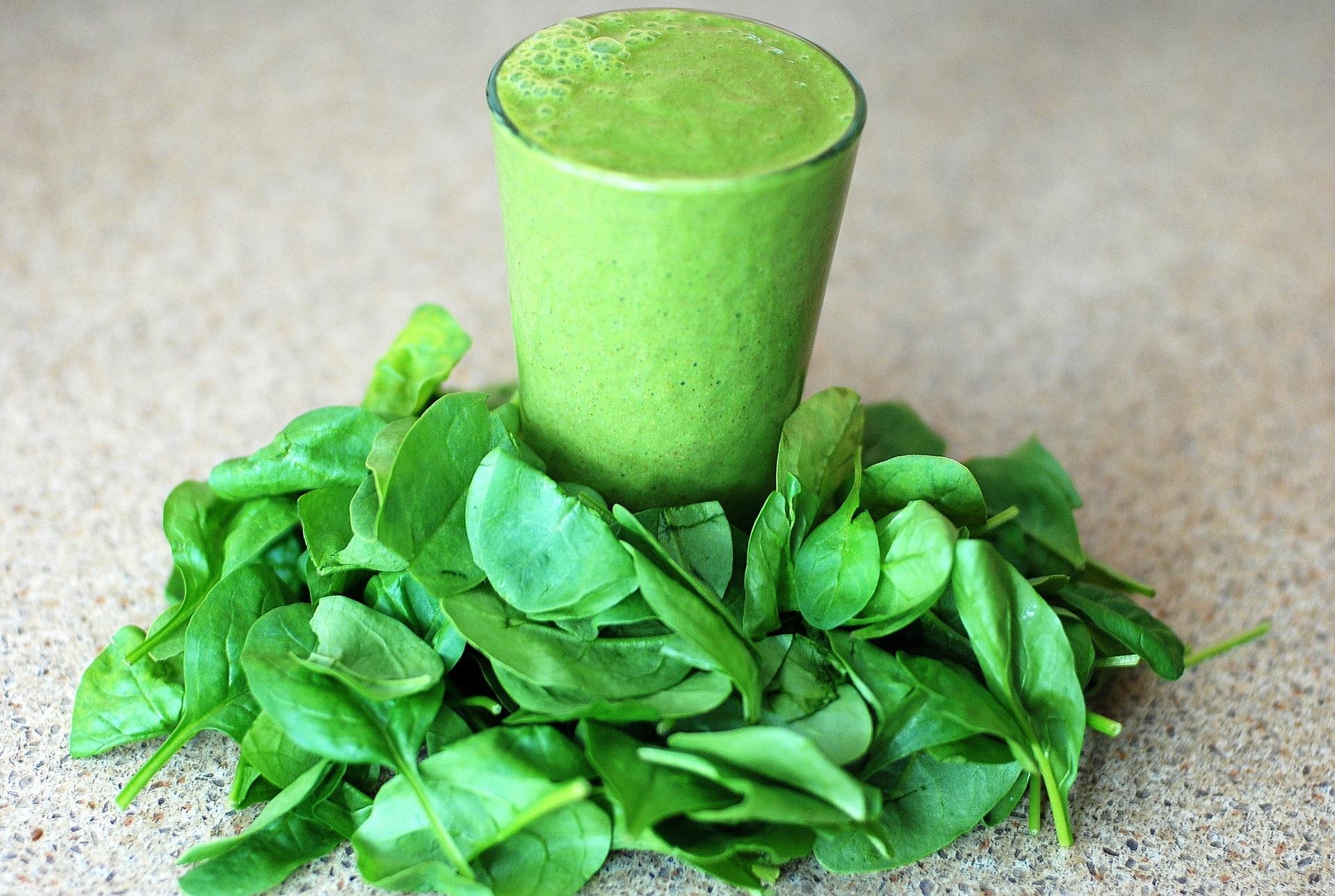 You’ve probably heard the saying “you are what you eat.” While it may sound like a cliché, it holds true even when it comes to your feet. Foot health isn’t just about wearing the right shoes, having proper movement habits, stretching, or recovery. What you eat every day also plays a significant role. The right nutrition can greatly impact the condition of your skin, nails, and even the blood circulation in your lower limbs. In this article, we’ll explore how nutrition is connected to foot health, which foods truly benefit your feet, and how to easily include them in your daily diet. Let’s dive in.
You’ve probably heard the saying “you are what you eat.” While it may sound like a cliché, it holds true even when it comes to your feet. Foot health isn’t just about wearing the right shoes, having proper movement habits, stretching, or recovery. What you eat every day also plays a significant role. The right nutrition can greatly impact the condition of your skin, nails, and even the blood circulation in your lower limbs. In this article, we’ll explore how nutrition is connected to foot health, which foods truly benefit your feet, and how to easily include them in your daily diet. Let’s dive in.
Why bother with diet if it’s “just” about your feet?
Your feet carry you through life — and they often bear the brunt of it. Long periods of standing or sitting, unsuitable footwear, aging, and hormonal fluctuations can all affect their condition. But diet plays a role too. Many common issues like cracked heels, brittle nails, swelling, or cold feet may be linked to a lack of essential nutrients. Healthy circulation, strong nails, and hydrated, elastic skin — all depend, in part, on how well your body is nourished from the inside.
Key nutrients and foods for healthy feet
Healthy fats, especially omega-3 fatty acids, help reduce inflammation and support vascular elasticity and skin hydration. You’ll find them in foods like salmon, mackerel, flaxseeds, walnuts, and avocados.
Vitamin C and other antioxidants help your body produce collagen — a protein that keeps your skin firm and blood vessels strong. Antioxidants also protect your body from harmful compounds produced by stress or poor lifestyle choices. Great sources of vitamin C include citrus fruits, bell peppers, strawberries, and broccoli.
B vitamins, particularly B6 and B12, are vital for the proper functioning of your nervous and circulatory systems. Adequate intake helps prevent unpleasant sensations like tingling, numbness, or persistently cold feet. Good sources include eggs, dairy, potatoes, and nuts.
Zinc and iron are important for skin regeneration, nail health, and the prevention of cramps or cold sensitivity. You’ll find them in pumpkin seeds, beef, spinach, and lentils.
Rutin and other flavonoids contribute to vascular flexibility and improved blood flow. Naturally present in buckwheat, apples, citrus fruits, and onions.
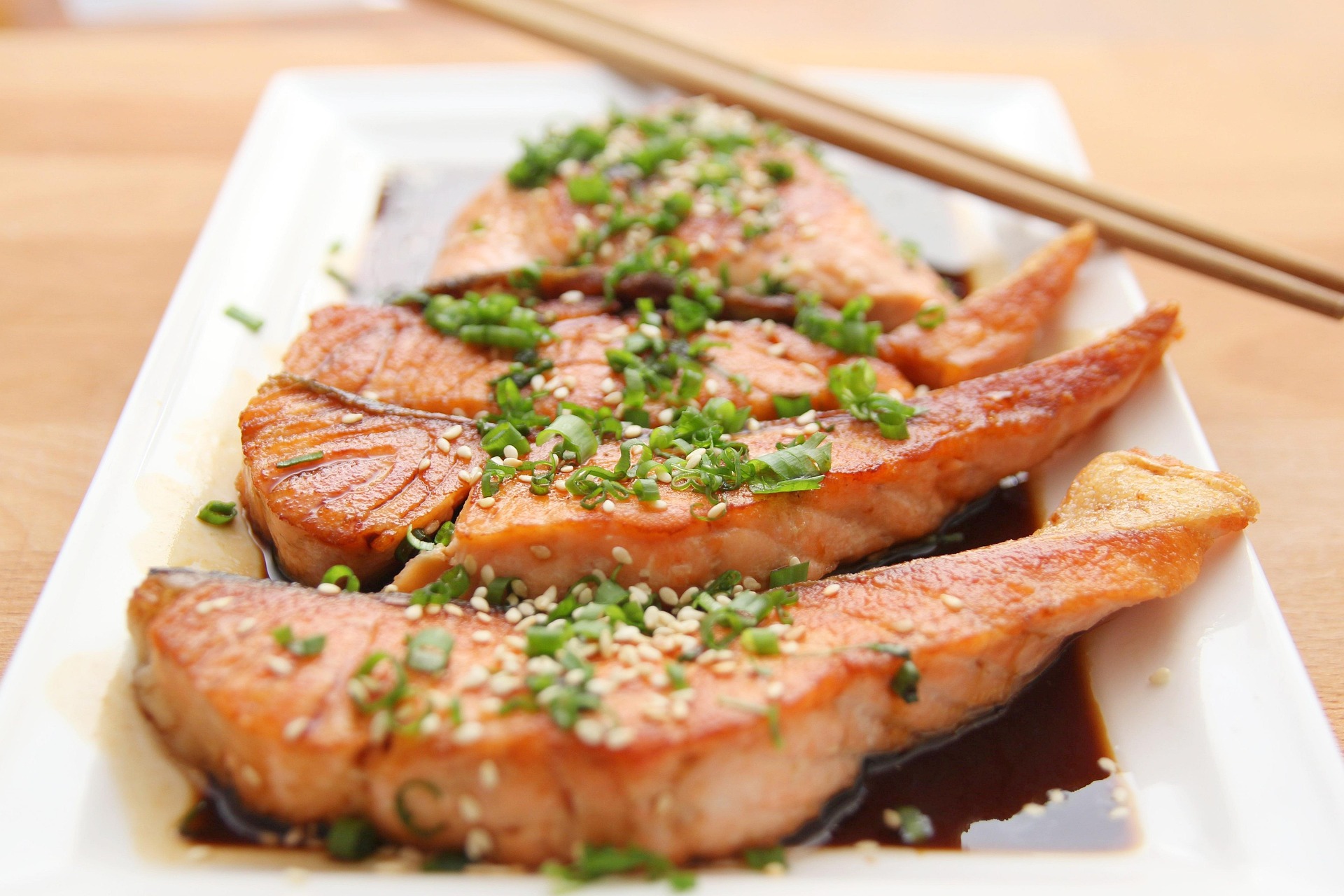
How to add these foods into your day?
Now that we’ve named plenty of nutritious foods, what next? While we won’t share full recipes here, a little creativity goes a long way. Here are a few simple ideas to incorporate them into your meals.
Start your day with a smoothie made from banana, spinach, orange, and a spoonful of flaxseeds — refreshing, energizing, and packed with nutrients. For a mid-morning snack, grab a handful of walnuts or a slice of buckwheat toast topped with creamy avocado.
At lunchtime, enjoy a piece of grilled salmon with a lentil and vegetable salad, drizzled with lemon juice for a zesty kick. And in the evening? Scrambled eggs with spinach and a slice of buckwheat or any wholegrain bread make for a simple yet nourishing dinner.
See? It’s not that complicated. And most importantly — don’t forget to drink enough water throughout the day. Hydration is key not only for overall health but also for skin condition and circulation.
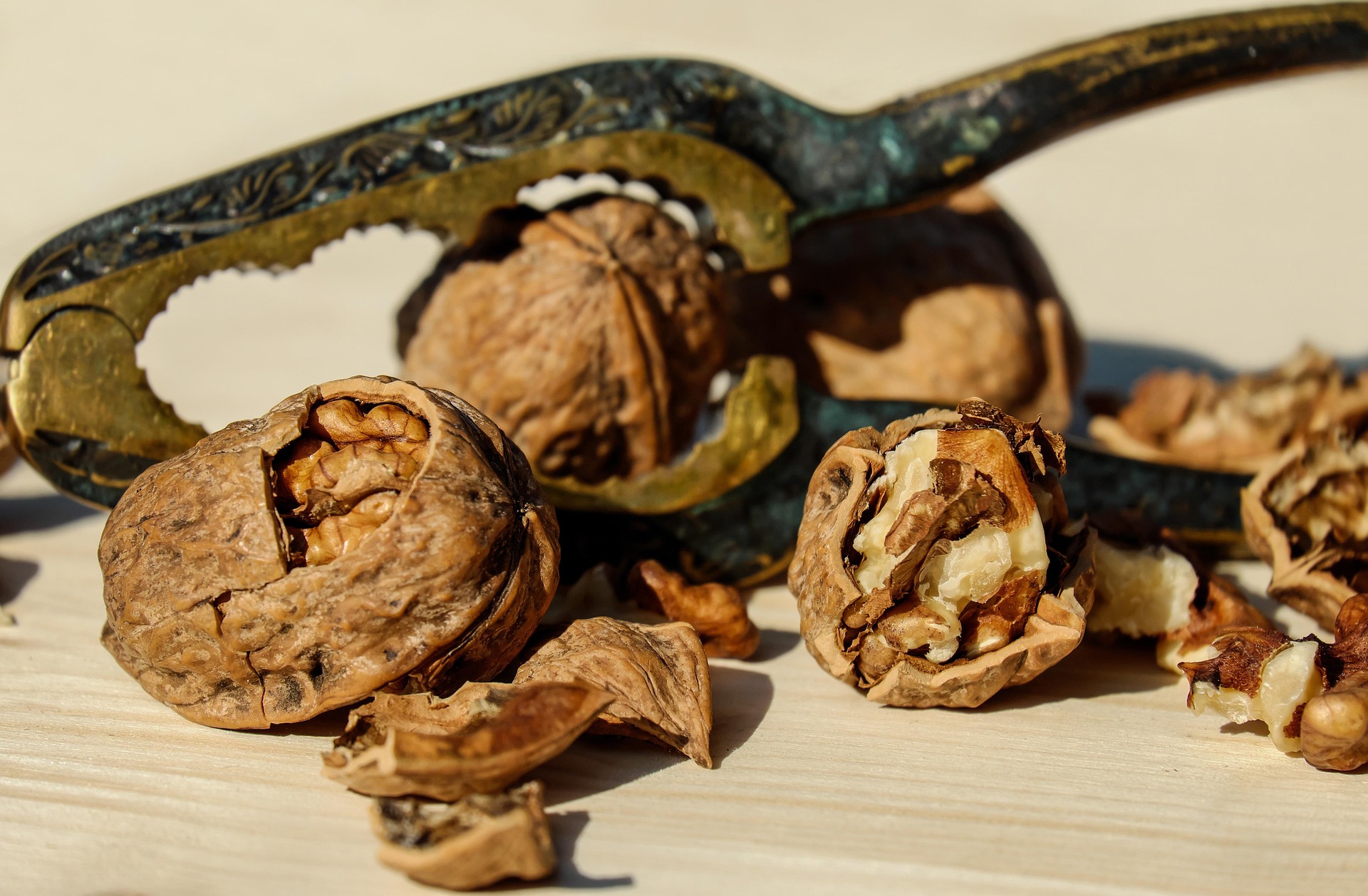
Things to avoid
Too much sugar and ultra-processed foods can damage your blood vessels and skin. A lack of iron, zinc, or vitamin B12 can lead to tingling, cold extremities, or weakened nails. Finally, we recommend avoiding alcohol and smoking — both limit blood flow and can cause cold feet or slow healing of minor injuries.
Healthy feet need a balanced plate, movement, and care
Your feet deserve more than just quality shoes and skincare — they also need the right nutrition. What you eat affects not only how you look, but how you feel, how quickly you heal, and whether you suffer from swelling, cramps, or dry skin.
If you’re looking for a well-rounded approach to foot care, consider combining proper nutrition with tools like Foot Alignment Socks, massage balls, and — above all — regular physical activity. By supporting your feet both from the inside and the outside through appropriate foot care, you give them the best chance to stay healthy for years to come.


